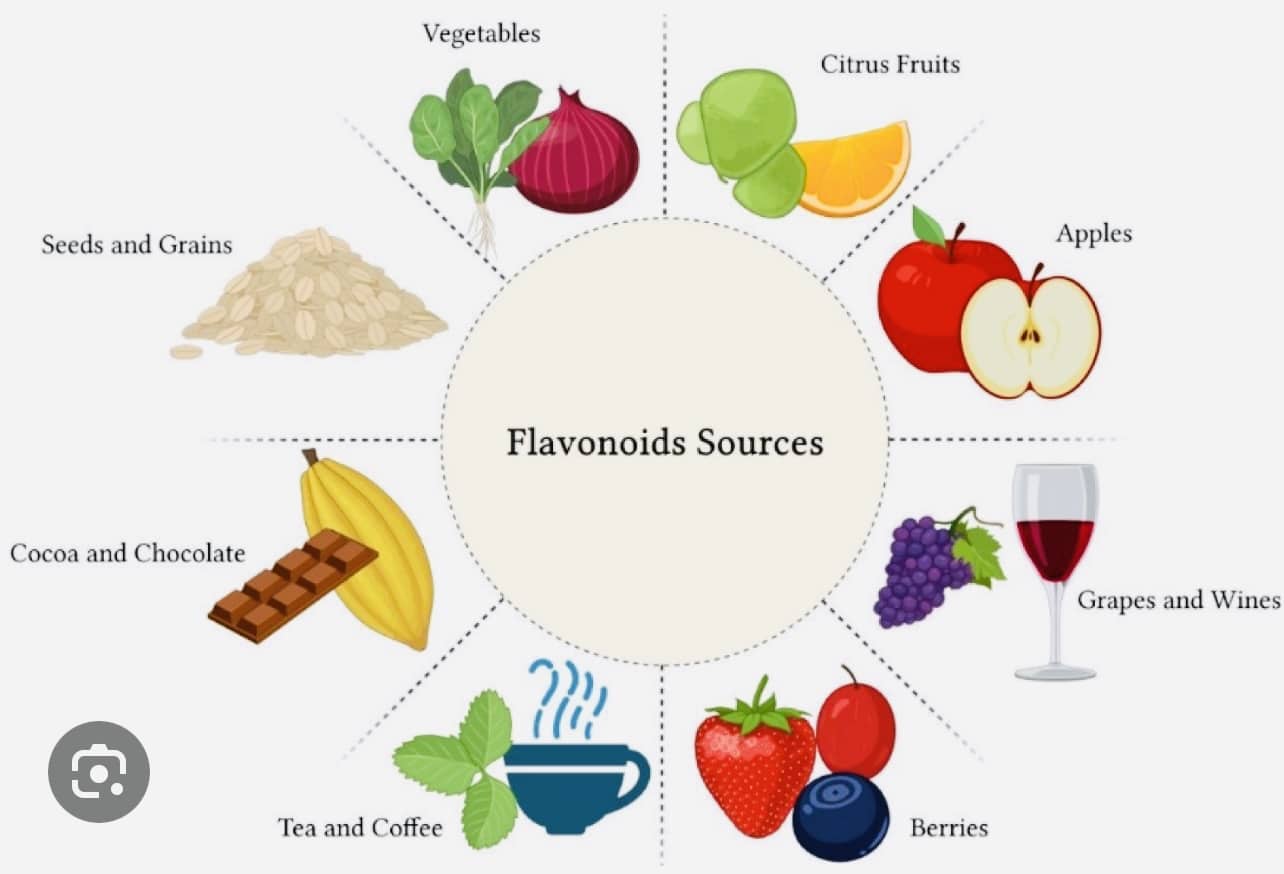By Sumaiya Farheen and Andrew Siyabalawatte, Sept 2023.
Are you tired of dealing with persistent back pain? Imagine waking up free from the nagging ache in your lower back, ready to conquer the day with ease. What if we told you that achieving this dream might be as simple as changing what’s on your plate?

In a world where gluten-free and anti-inflammatory diets are your secret weapons, you’re about to discover how to eat your way to a strong back. Say goodbye to the ordinary and dive into a unique journey towards a pain-free life, one delicious bite at a time.
Causes of Back Pain
Lower back pain can stem from various causes, including muscle strains, degenerative changes, sciatica, and digestive issues. It’s essential to understand how these factors can impact your back health and what dietary changes you can make to find relief.

Now, what if we told you that achieving this dream might be as simple as changing what’s on your plate? In a world where gluten-free and anti-inflammatory diets are your secret weapons, you’re about to discover how to eat your way to a strong back. Say goodbye to the ordinary and dive into a unique journey towards a pain-free life, one delicious bite at a time.
Impact of Diet on Back Pain
Recent studies, including the National Health and Nutrition Examination Survey (NHANES), have highlighted the significant impact of diet on back pain. A pro-inflammatory diet can increase the risk of developing low back pain by up to 42%.
Foods That Help Reduce Inflammation
Including foods rich in antioxidants and anti-inflammatory properties can be beneficial for managing back pain. Consider adding kale, salmon, turmeric, leafy greens, and berries to your diet to help reduce inflammation and support your back health.
Antioxidants

Dietary Tips for Back Pain Relief
Simple dietary swaps can make a significant difference in managing back pain. Replace bread with brown rice, opt for whole grain options, and choose lean protein sources like chicken, turkey, or tofu. These changes can help reduce inflammation and alleviate back pain.
Gluten-Free Bread and Wrap Alternatives
If you are seeking gluten-free alternatives to bread and tortilla wraps, You’re in for a treat! The products found below are typically made from alternative flours and ingredients, excluding gluten found in wheat, barley, and rye. Can flatulence cause back pain? Here, we’ll explore some top gluten-free substitutes for traditional bread and tortilla wraps.

Can flatulence cause back pain
Flatulence itself is unlikely to directly cause back pain. Excessive gas and bloating can lead to abdominal discomfort and pressure.
Look for bread made from gluten-free flours like rice flour, almond flour, coconut flour, tapioca flour, or a blend of these.
Gluten-Free Tortilla Wraps
There are several gluten-free tortilla brands available in stores.
Lower back pain can be a real pain in the lower back.
5 Tips and Alternatives to Inflammatory Foods

1. Swap Bread for Brown Rice- Brown rice is a whole grain packed with fiber and nutrients, making it a smart choice for reducing inflammation.
2. Choose whole grain or sprouted grain -Bread over processed white bread if you can’t do without bread.
3. Try Plant-Based Milk- Experiment with almond, soy, or oat milk as dairy alternatives in your coffee or cereal.
4. Lean Protein- Replace red meat with lean protein sources like chicken, turkey, or tofu to cut down on saturated fats.
5. Healthy Fats- Use extra virgin olive oil for cooking and salad dressings. It’s a heart-healthy alternative to processed oils.
Flavonoids and Inflammation

Flavonoids are a type of antioxidant which can control inflammation.
They combat inflammation by antioxidation, enzyme inhibition, immune modulation, pathway interference, and vasodilation.
It even contains four times as much catechin as tea!
Connection Between Digestive Health and Back Pain
Digestive conditions like IBS, Crohn’s disease, and gastritis can contribute to back pain. By implementing dietary adjustments, like cutting out gluten-containing foods and reducing processed food intake, you can effectively manage these conditions and alleviate back pain.
The Back and 6 Functional Gut Connections
Let’s explore how common digestive conditions are linked to persistent back discomfort and how certain foods can worsen these issues.

1. Irritable Bowel Syndrome (IBS)- IBS can cause abdominal pain that radiates to the lower back. Inflammatory foods, like those high in trans fats and refined sugars, can worsen IBS symptoms.
2. Crohn’s Disease– Processed meats and sugary items can exacerbate Crohn’s symptoms.
3. Peptic Ulcers/Gastritis- Stomach ulcers and gastritis can lead to upper back pain. Spicy and acidic foods increase stomach acid production, worsening these conditions.

4. Celiac Disease-Eliminating gluten-containing foods is essential for managing inflammation.
5. Diverticulitis- Inflamed colon pouches can result in lower back pain. A diet rich in fiber and free of processed foods can help manage diverticulitis and associated back pain.
6. Gallstone pain-High-fat and fried foods can trigger gallbladder issues, contributing to gallstone pain.
Incorporating these dietary changes can have a profound impact on your back health.
By selecting anti-inflammatory foods that promote overall health, you can improve your back strength and lead a life free from pain.
Remember, small changes in your diet can lead to significant improvements in your back health. Start your journey today and discover the transformative power of food for a strong and healthy back.
Find out more about pro-inflammatory foods and the link to chronic back pain by tuning in and subscribing to our weekly podcast.

